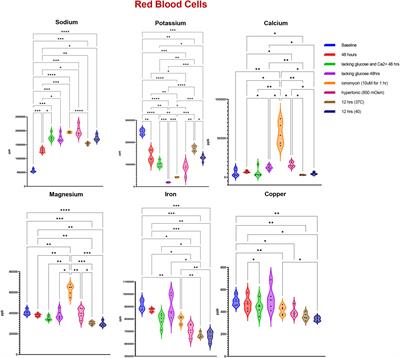ORIGINAL RESEARCH
Published on 18 Jul 2022
Heme Biosynthetic Gene Expression Analysis With dPCR in Erythropoietic Protoporphyria Patients
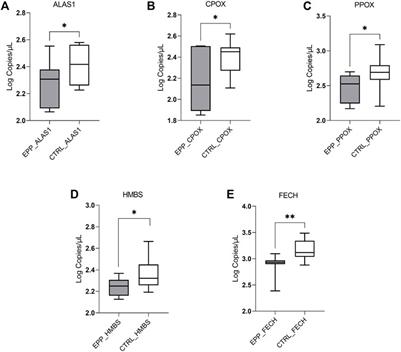
doi 10.3389/fphys.2022.886194
- 1,534 views
- 3 citations
9,843
Total downloads
47k
Total views and downloads
You will be redirected to our submission process.
ORIGINAL RESEARCH
Published on 18 Jul 2022

BRIEF RESEARCH REPORT
Published on 27 Apr 2022
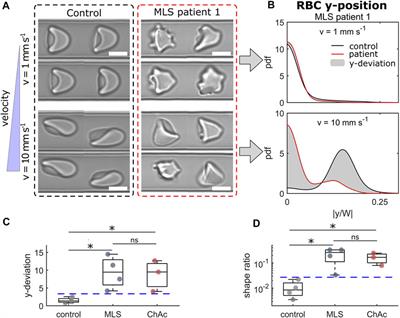
METHODS
Published on 20 Apr 2022
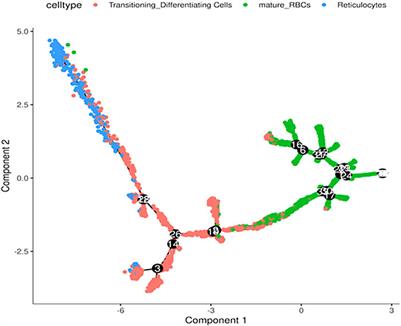
ORIGINAL RESEARCH
Published on 05 Apr 2022
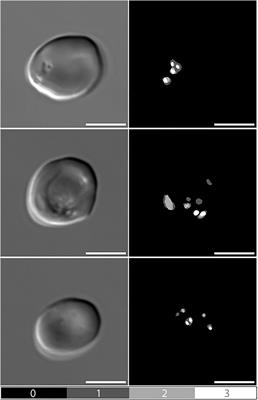
REVIEW
Published on 28 Mar 2022
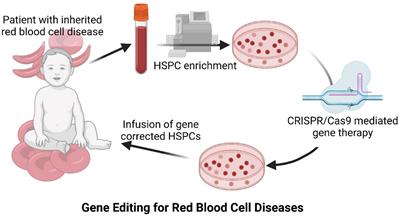
METHODS
Published on 07 Feb 2022
